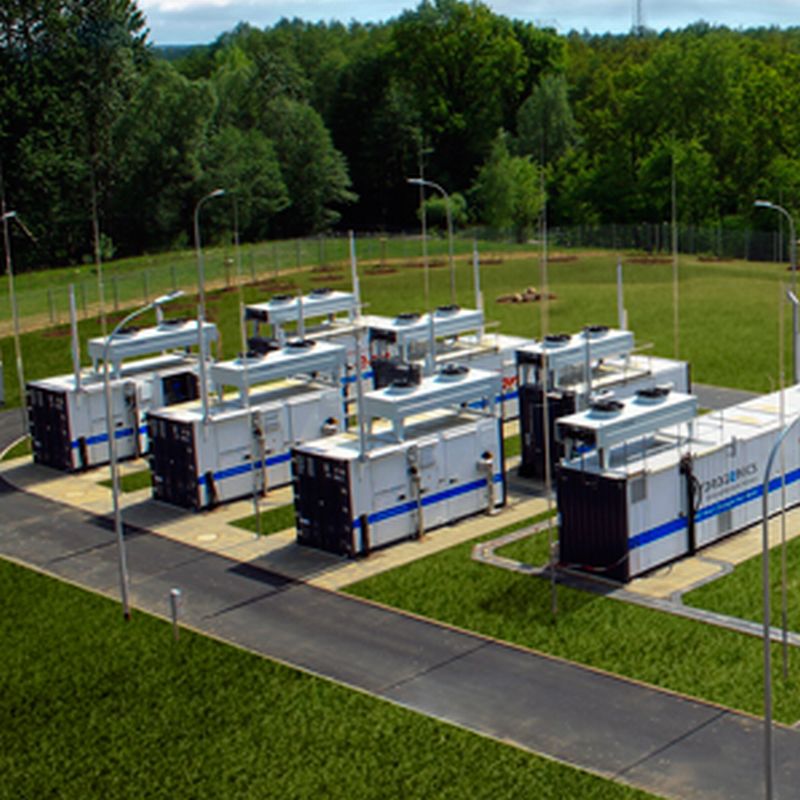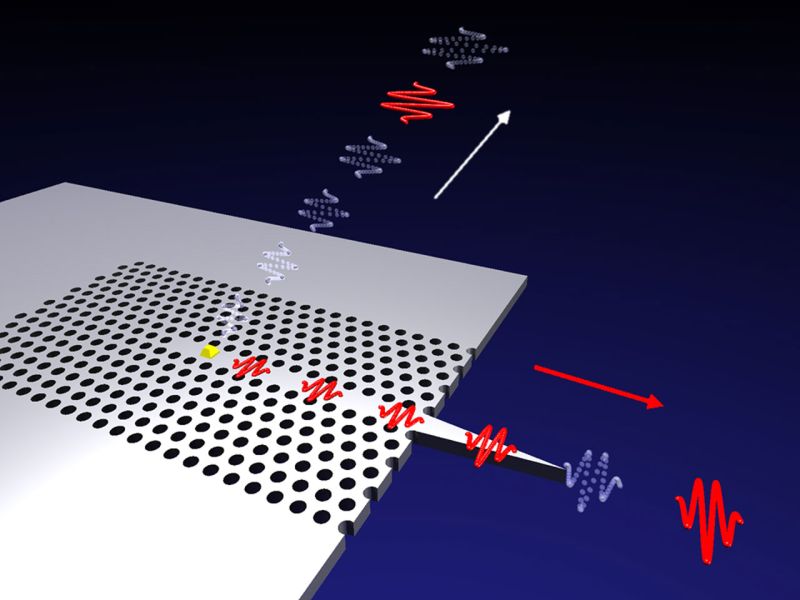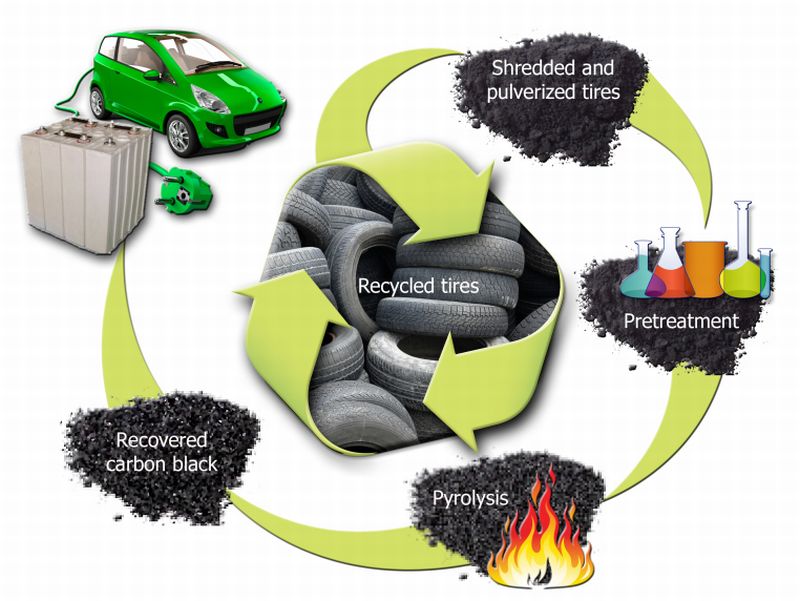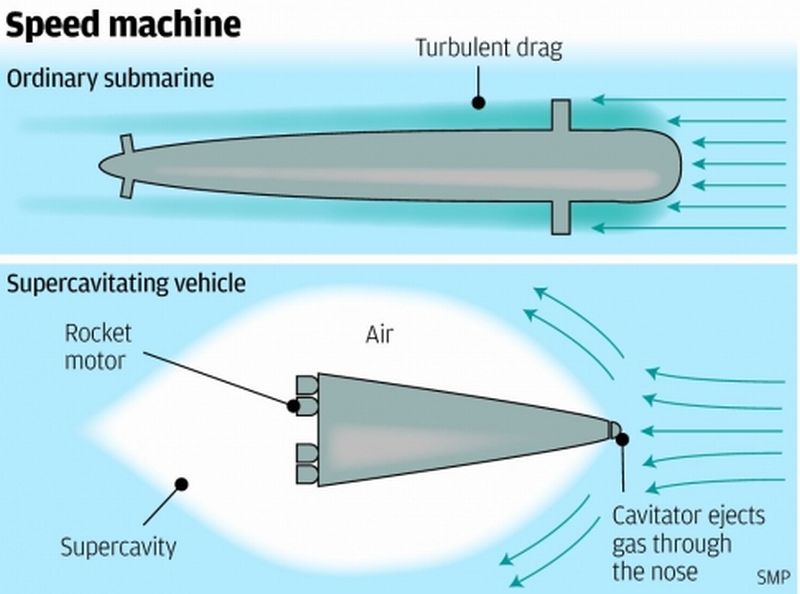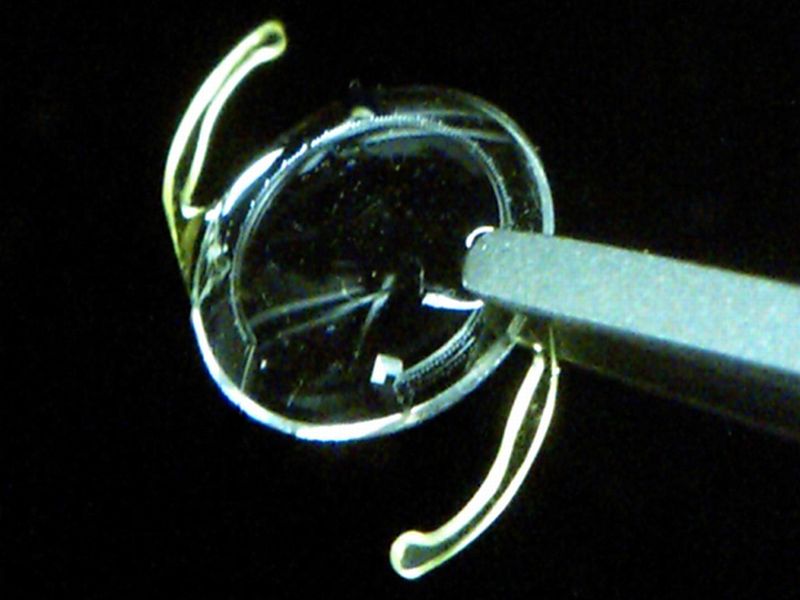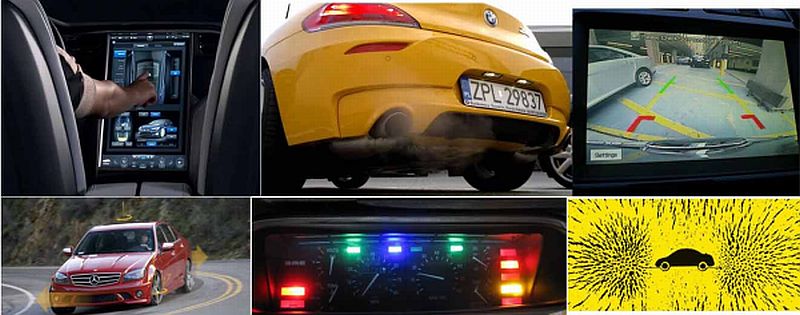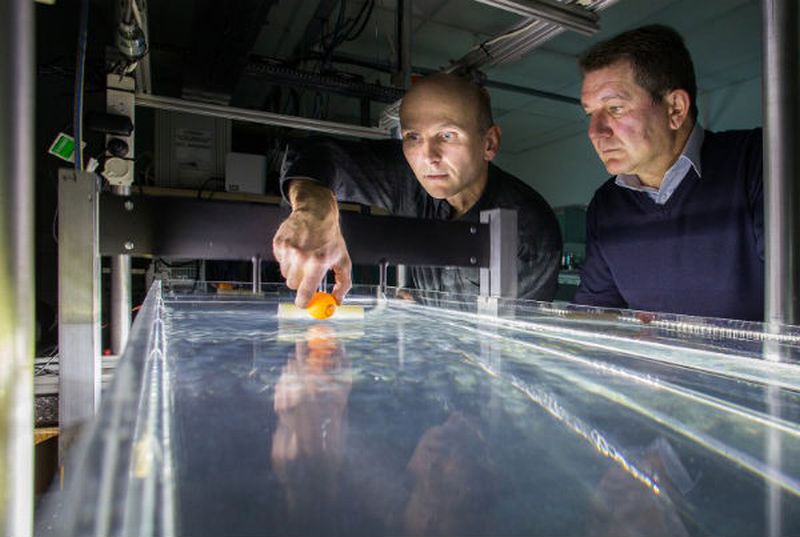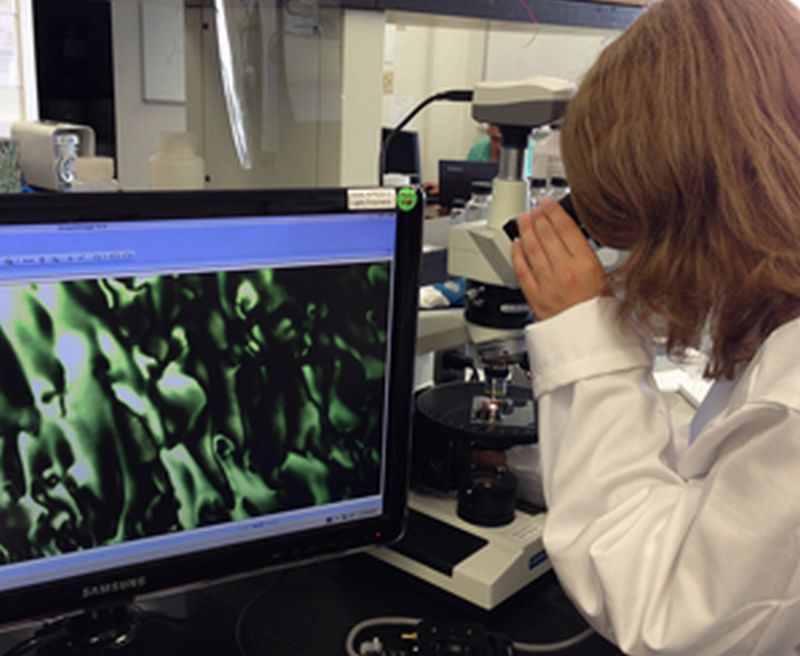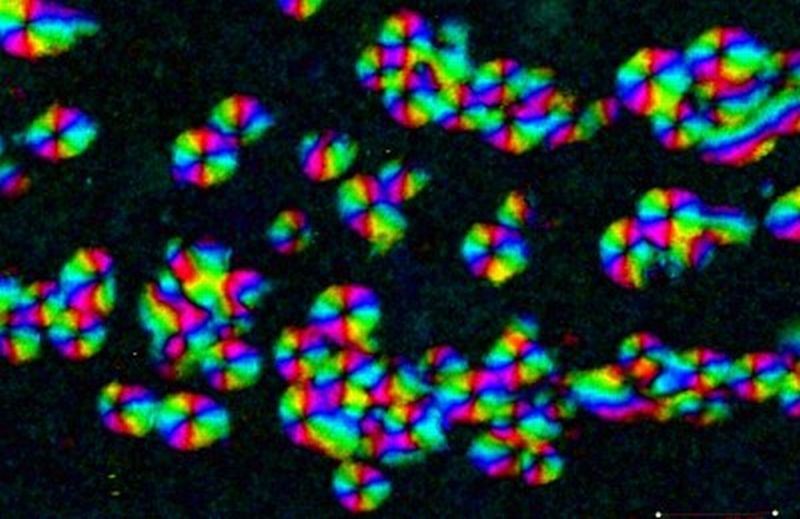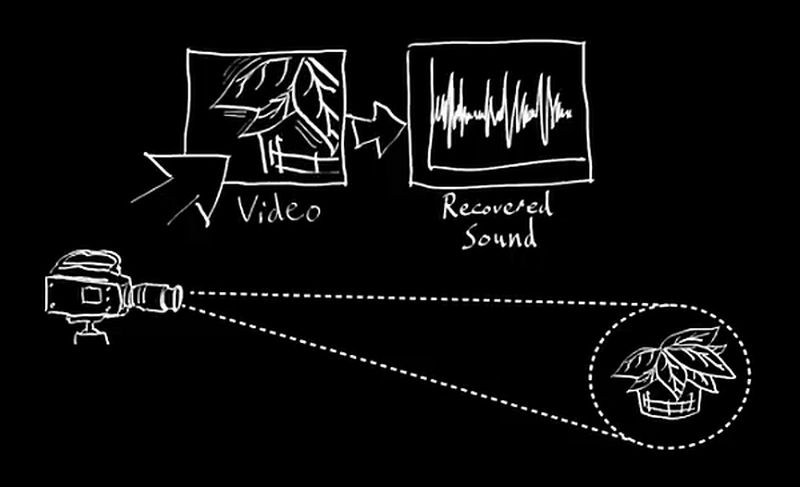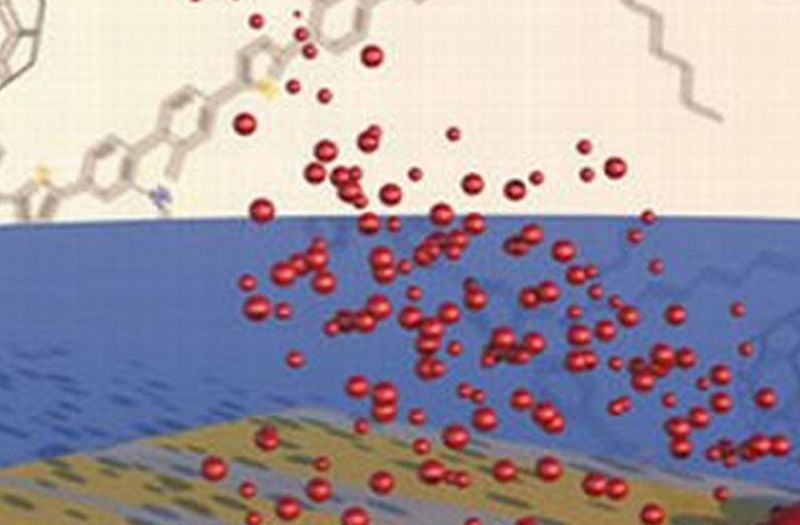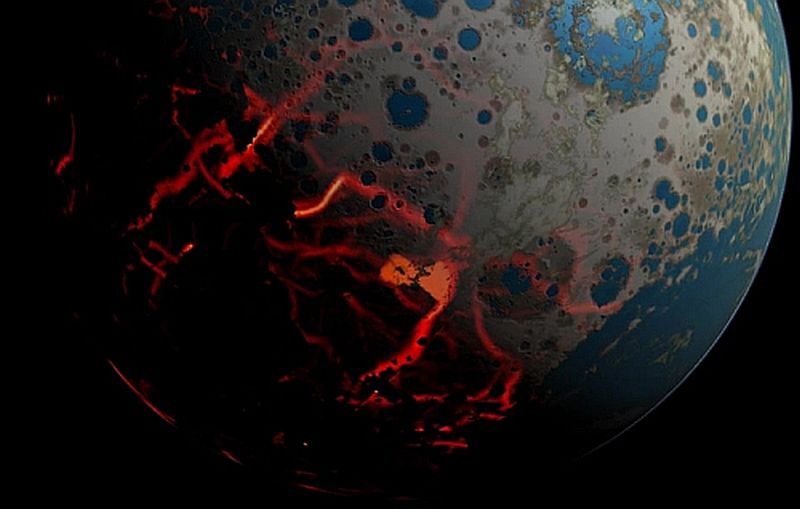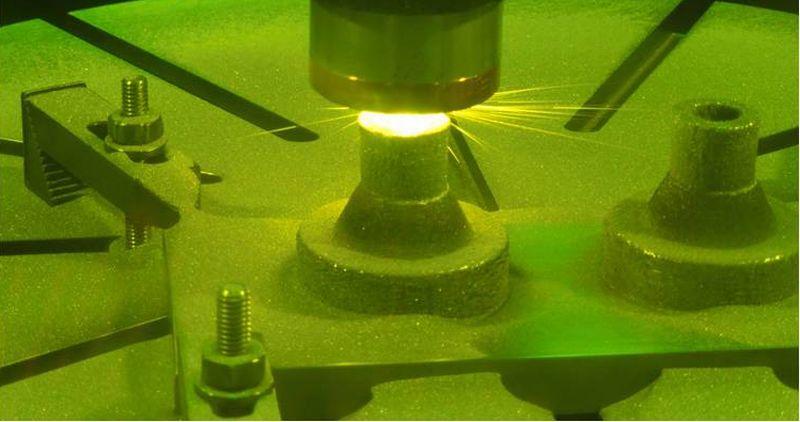In order to solve the impending world’s problem for renewable energy, Germany is becoming more and more dependent on wind & solar power. Currently, the nation has come up with 20 more projects involving storing energy by creating water splitters, the process is known as Electrolysis.
Read MoreTag: technology
Photonic Circuits to replace Electronic Circuits: New Quantum Technology
Photonic circuits would soon be replacing electronic circuits in the near future of quantum circuits. Since a decade, researchers across the globe were working towards developing quantum circuits but circuits based on light had its limitations however, researchers at the Niels Bohr Institute, Copenhagen have been successful in bringing about the probability.
Read MoreWaste Tire Rubber to replace Graphite Anodes: Battery Technology
Shredded scrap car tires have already find their way by means of recycling into the field of construction, floor mats, shoe soles and rubberized asphalt road material. Now, they would be morphing into another innovative role by becoming an integral part of hybrid and electric cars. Researchers at the Oak Ridge National Laboratory are trying to resurrect life from the discarded used tires in form of carbon material that would be used for lithium-ion battery anodes. Conventionally graphite, a natural carbon material, is the basic building block for lithium anodes.
Read MoreSupersonic Submarine glides from Shanghai to San Francisco in 100 minutes: Supercavitation Technology
Researchers at the Harbin Institute of Technology, China are attempting to create a supersonic submarine, which they envision would cruise through transatlantic underwater in not more than two hours. Li Fengchen one of the lead researchers claimed that they are developing an air bubble that would assist in gliding at very high speeds underwater. One of the main problems with conventional submarines is the friction produced by water, which is far more than flying through air, and so the force renders the machine incapable of peddling at high speed. Supercavitation…
Read MoreMicrofluidic Device for self-monitoring of Intraocular Pressure: New Eye Sensor
In order to measure the intraocular pressure, eye surgeons use puff test, however, the non-contact tonometer does not always give accurate results, and this has always remain a major huddle in solving the real problem. Now, the time is not far when the eye doctors would be able to gauge the problem in real time and giving effective treatment for blindness-causing glaucoma. Researchers from the Faculty of Life Sciences, Bar Ilan University, Ramat-Gan, Israel and from Stanford University, US have developed an innovative lens- mounted microfluidic sensor.
Read More10 Autotech Bane or Boon Innovations: Living Next to Supertech Cars
Owning and driving a super tech car is what all autotech aficionados aspire for. Keeping in mind the tremendous development in the automobile technology, the driving experience has transformed significantly. But the question is that whether this development is towards a betterment or is there something else hidden beneath the thrill. In an attempt to answer this, we have compiled a list of ten such tech developments that we need to think whether they are bane or boon, so here we go,
Read MoreExerting Control on Floating Object: Water Tractor Beam
With the use of simple wave generators, experts at the Australian National University, Canberra have demonstrated the idea of manipulating floating object in water. The same approach has also helped them in moving the object against the course of the waves. In order to display the phenomenon, the team placed a ping-pong ball in a tank containing water. Then three-dimensional waves were produced which in turn created patterns on the water surface and consequently, the ball stayed in one position or move towards or receded away from the wave generator…
Read MoreEfficient LCD Designs with Super-Fast Pixels: Sequential Display
Generally, display is the only feature that eats up nearly 45 to 70 percent of the total energy in portable electronics. In order to combat this issue, Light Polymers, South San Francisco based startup have come up with a new type of liquid crystal display (LCD) called the sequential display, it has an ability to switch quickly relatively hence giving brighter screens to smartphones and lasting them longer on charge.
Read MoreGraphene Sheet morphs into Droplets: A Serendipitous Discovery
Graphene does not stop surprising researchers with its limitations when it comes to application in fields like electronics, energy storage and energy generation. The list does not end here, now the wonder material looks promising in domain of medical sciences as well. During routine tests, Monash University’s researchers discovered that sheets of graphene oxide morph into liquid crystal droplets on its own accord. With its new avatar, the graphene droplets have find a promising place in delivery of drugs and disease detection, claimed the researchers.
Read MoreReconstructing Audio from Infinitesimal Vibrations: Algorithm recovers Sounds from Objects
In an extraordinary way of recovering speech from vibrations of things like potted plant and potato chips bag, researchers at MIT, Microsoft and Adobe have created an algo that can decipher audio signal by analyzing the object’s infinitesimal vibrations. Upon performing experiment on detecting vibrations of a potato-chip bag, the researchers were able to reach a good precision with respect to speech. The bag was being photographed by a high quality camera with a distance of 15 feet installed in a soundproof glass-room.
Read MoreNew Spray-on Solar Cells: Thin-film Photovoltaic Technology
In an interesting way, a group of researchers at the University of Sheffield was able to develop perovskite solar cells with the help of spray-painting process. Although the process is not new but using perovskite as a spraying material is being employed for the first time. Sheffield’s experts from the department of Physics and Biological Engineering have already used the spray-painting process to fabricate solar cells but the material used was organic semiconductors. In 2012, the researchers were able to successfully demonstrate the efficiency of photovoltaics based on organometal halide…
Read MoreEarlier Asteroid Impacts led to the formation of Earth’s Crust: Geological Evolution
Last year we talked about how meteor impact led to pastoral revolution and now recent research on Earth’s surface revealed that the planet was in a constant reprocessing process due to the huge asteroid impacts. The new approach utilizing the terrestrial bombardment model based on lunar and terrestrial data disclosed that asteroid collisions where the game changer which caused evolution of the topmost layers of Earth during its initial stages, which happened around 4.5b years ago. Yvonne Pendleton, NASA’s Solar System Exploration Research Virtual Institute (SSERVI) Director added that repeated…
Read MoreColor changing Ice Cream: Fruit-flavoured treat invented by a Physicist
In an interested way in doing something unconventional, a Spanish physicist pioneered in preparing magical ice cream that changes color as it is tasted in a cone. Wanting to do something different from the usual research work, the engineer, professor and physicist Manuel Linares thought of doing something in the line of cookery. His love for ice cream and fascination towards the phenomenon, which causes its change in color under fluorescent lights, compelled him to create an ice cream that varies in color as per the temperature and acids found…
Read MoreBuilding 3D Products in Space: Printing the Metals of the Future
One of the major drawbacks of 3D printing is its lack of ability to use varied types of materials in printing a particular product. The same inability has been hindering 3D printing in space travel as well, where at times, situation demands fabrication of certain parts from several different materials. NASA’s Jet Propulsion Laboratory (JPL) space scientists in collaboration with researchers from Caltech and Penn State University have been working closely to resolve this problem of bringing 3D printing closer to space travel. They developed a process that allowed for…
Read MoreDamaged Robot learns to Hobble Quickly: Coping with Limb Loss
Last year, a set of researchers at the Sorbonne University, Paris created a hexapod that was able to figure out how to walk even after one of its legs was malfunctioned, just like animals do. The robot was very much dependent on an experimental discovery to carry out the best gait to surmount the caused damaged. This meant that it analyzed then entire stuff that has been programmed into it to figure out the best possible way. Although, this worked fine but it consumed nearly 20 minutes every time it…
Read More
